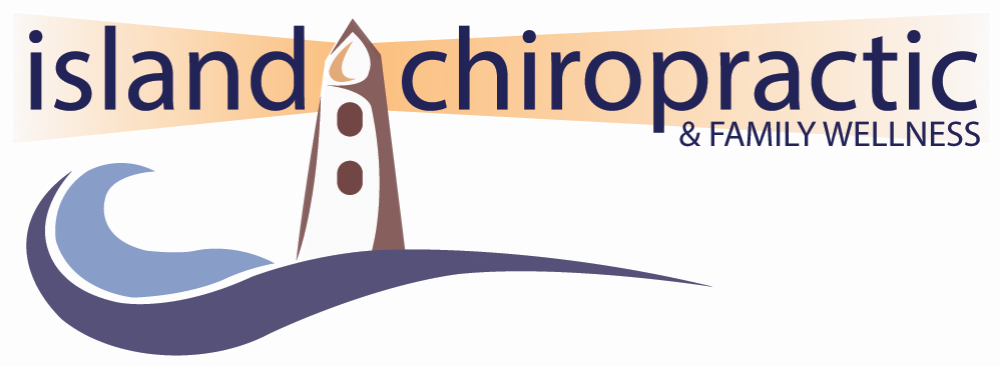Back Pain in Children and Adolescents
It’s likely that you associate back pain with getting older, but you may be surprised to learn that it can be common in children and adolescents. The one year prevalence rate of low back pain (LBP) has been shown to be anywhere from 7% to 58%. In fact, the lifetime prevalence of LBP by age 20 has skyrocketed by a staggering 80% increase! As a result, we should pay careful attention to the habits and behaviours of the youth in our lives and find ways to provide them with relief if they are experiencing symptoms, as well as help them to prevent pain in the future.
While low back pain is generally considered “normal” due to a variety of lifestyle factors, it is important to clarify that it could be indicative of serious underlying pathologies, especially if present in children 3 and under, or if back pain comes on suddenly at night, at any age. In cases such as these, or if back pain is combined with other symptoms, do your due diligence and have the child thoroughly examined by a doctor.
Once we have determined that there are no abnormalities, we can look at the more mundane potential causes of LBP.
Sedentary lifestyle is one risk factor of low back pain, however, it may also be aggravated by sports participation. This does not mean that our children should avoid playing sports, but that they should prioritize stretching, proper warm-ups and ergonomics.
Other factors include obesity, smoking, psychological stress, and a family history of LBP. In fact, children with family members who suffer from low back pain are twice as likely to suffer from it as well. LBP is not just an annoyance, it can also limit daily activities, result in missed school, reduce physical activity and make the child hesitant to participate in normal, every day actions. Chances of low back pain in adulthood are also increased if it was something that was experienced in childhood.
But our children are not doomed to have LBP! As long as there are no serious underlying pathologies, there are steps we can take to keep their spines and surrounding musculature healthy and pain-free.
1. No heavy backpacks. The optimal weight of a child’s backpack should not exceed 10 to 20% of their bodyweight. Discuss it with their teachers, find ways to make that backpack lighter.
2. Get moving. Encourage your children to do some form of physical activity each day. Going for walks together as a family is a great bonding activity, and also helps to keep things mobile and pain-free. If your children are playing sports, encourage them to warm up with some light movement first, and follow their activities with gentle stretching. At the clinic, we’ve seen an increase in back pain with preteens and teenagers and the only common factor between them is decreased physical activity - we cannot stress how important it is to move!
3. Less screen time. Whether it’s Netflix, tablet, or phone, your children will be compromising their postures the longer they are engaged with their devices. (this also keeps them sedentary!)
4. Meditate! Psychosocial stress can contribute to back pain, and meditation and yoga can go a long way to relieve this stress and help your child feel happy and centered.
5. Book a massage. Massage is not just for adults—children can benefit too! If their pain is due to tight musculature, a massage is just what they need.
6. Call the chiropractor. A chiropractic adjustment can help decrease pain, and improve mobility. While back pain in children and adolescents is becoming more common, it is not normal - kids should not have back pain. The sooner you have them checked, the better the pain outcome!
Our children count on us to guide them through life. Encourage healthy behaviours now and they will thank you later!
Maureen, Registered Massage Therapist
To book a session with Maureen, click HERE
Disclaimer
None of the information provided on this website should be substituted for medical evaluation, diagnosis, or treatment from a licensed healthcare practitioner.
References:
https://www.ncbi.nlm.nih.gov/pmc/articles/PMC3446176/#:~:text=Low%20back%20pain%20(LBP)%20is%20a%20relatively%20common%20complaint%20among,%25%20to%2058%25%5B2%5D

